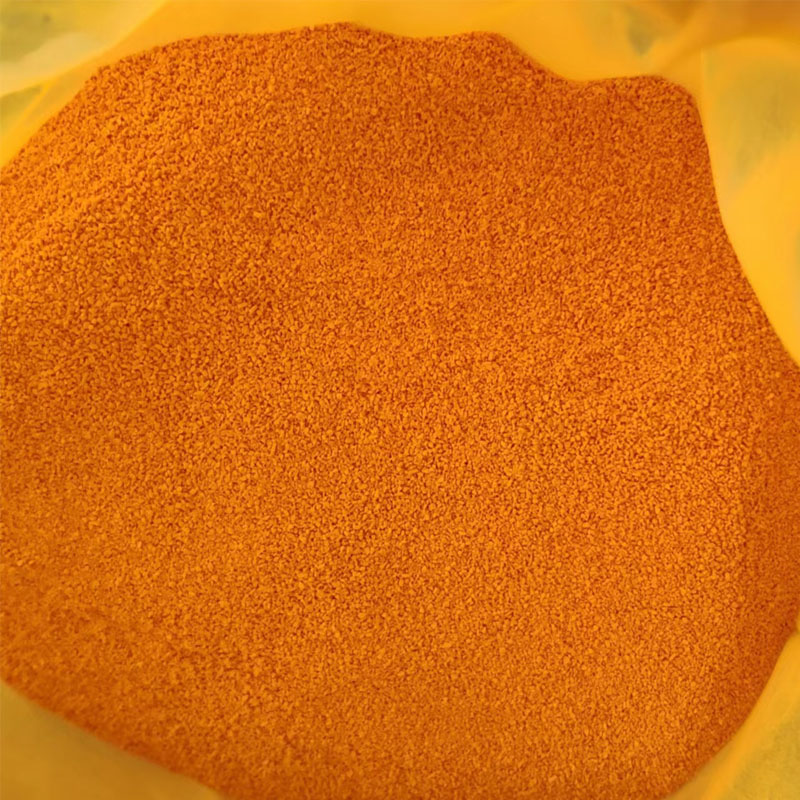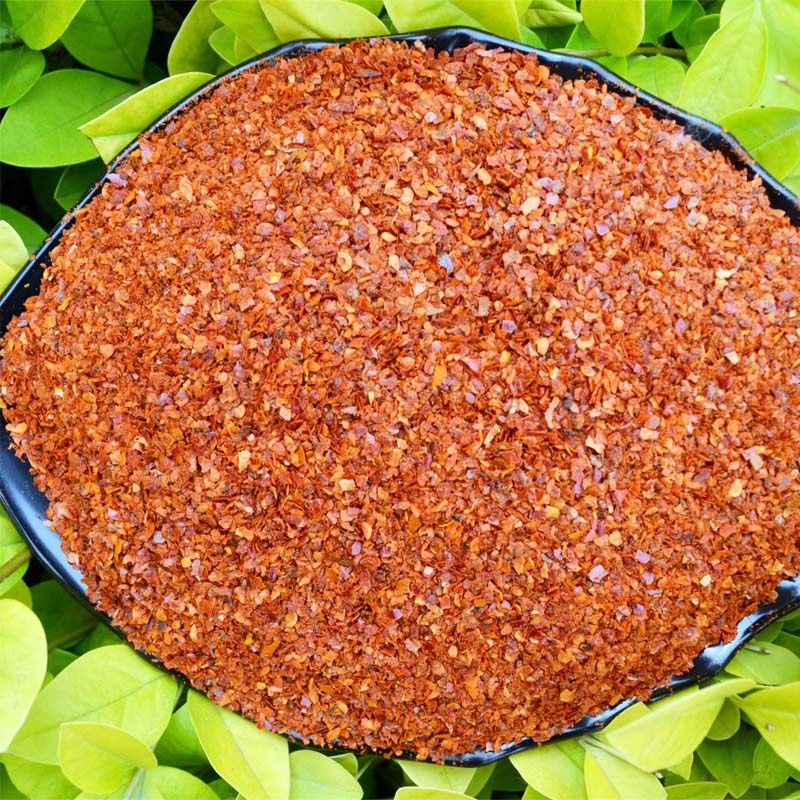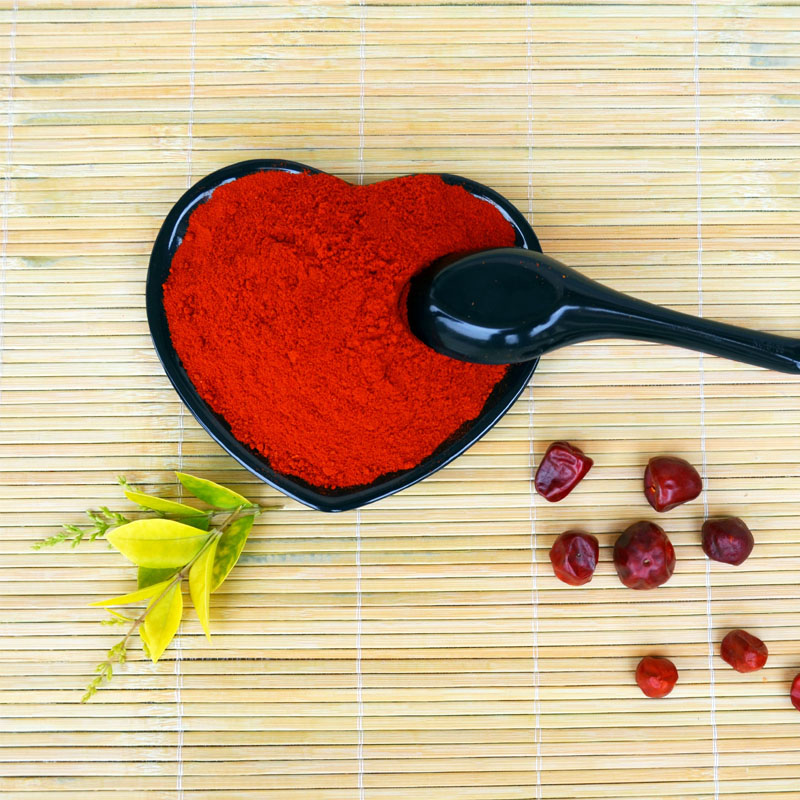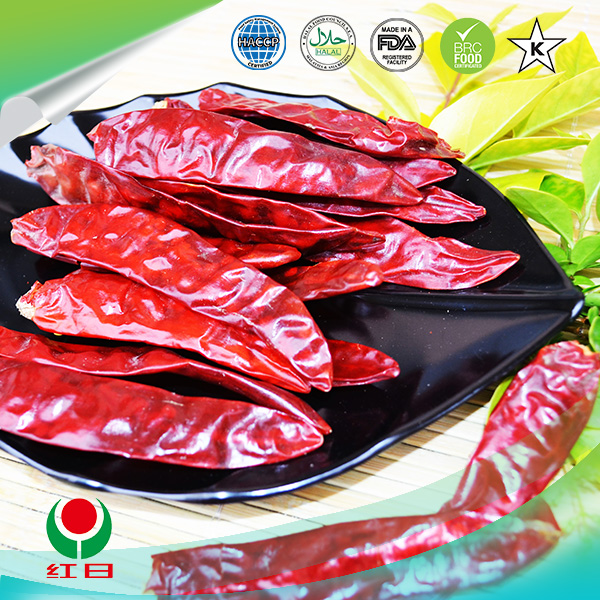- No. 268 Xianghe Street, Economic Development Zone of Xingtai city, Hebei 054001 China
- Byron@hbhongri.cn
Exploring the Rich Flavor of Sun-Dried Red Chili Peppers in Culinary Delights
The Vibrant World of Red Dried Chilies
Red dried chilies are not just a staple in kitchens around the world; they are vibrant symbols of culture, tradition, and culinary artistry. With their rich colors and intense flavors, these sun-dried fruits of the Capsicum family have transcended their humble beginnings to become global gastronomic treasures.
Origins and Cultivation
Chilies are believed to have originated in Central and South America, where they were cultivated for thousands of years before being introduced to other continents through trade and exploration. The drying process, a technique developed by ancient civilizations, was primarily used to preserve the fruit, allowing communities to maintain their food supplies during harsh winters. Today, red dried chilies are grown in various regions around the world, with countries like India, Mexico, and China dominating the production and exportation of these fiery ingredients.
Varieties of Red Dried Chilies
There are numerous varieties of red dried chilies, each offering unique flavors and heat levels. For instance, the Ancho chili, which is the dried form of the Poblano pepper, possesses a mild, sweet flavor with hints of raisin and chocolate. On the other hand, the Guajillo chili offers a more robust and slightly fruity taste, ideal for salsas and sauces. The Cayenne chili, known for its searing heat, is often ground into powder, adding fiery intensity to dishes. Meanwhile, the Armenian pepper, larger and milder, is often used in Mediterranean cooking, lending a gentle warmth and sweetness.
Culinary Uses
red dried chilies
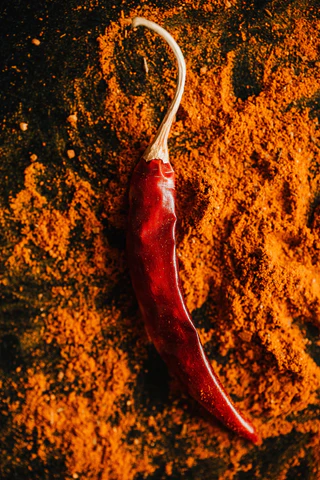
Red dried chilies can be used in a plethora of culinary applications, from flavoring to color enhancement. In Indian cuisine, they are often ground into powder or rehydrated for curries, chutneys, and marinades. In Mexican cooking, they play a critical role in the creation of mole sauces and enchilada sauces. The versatile nature of red dried chilies allows them to be integrated into various dishes, providing depth and complexity.
To use dried chilies, they can be rehydrated by soaking them in warm water for about 20 to 30 minutes. This process revives the flavors and makes them easier to blend into sauces or incorporate into recipes. Additionally, they can be toasted lightly in a dry pan to bring out their natural oils and enhance their aroma, making them a fragrant addition to any dish.
Nutritional Benefits
Beyond their culinary appeal, red dried chilies also boast numerous health benefits. They are rich in vitamins A and C, antioxidants, and several essential minerals. The active compound, capsaicin, is known for its anti-inflammatory properties and has been studied for its potential role in pain relief and metabolism enhancement. Including red dried chilies in your diet can not only spice up your meals but also contribute to a healthier lifestyle.
Conclusion
The captivating world of red dried chilies is a testament to the beauty of culinary tradition and innovation. They bring warmth and vibrancy to dishes and represent a rich cultural heritage that spans continents. Whether you are a seasoned chef or a home cook, incorporating red dried chilies into your culinary repertoire can elevate your cooking, infusing it with complexity and character. So, the next time you reach for a bag of red dried chilies, remember that you're not just adding heat; you're adding history, culture, and a touch of passion to your plate.
-
Turmeric Rhizome Powder: A Golden Treasure from Roots to TableNewsJul.28,2025
-
The Versatile Application Of Crushed Red Hot Peppers: Lighting Up The Red Flames On The Dining TableNewsJul.28,2025
-
The Paprika: A Touch Of Vibrant Red In Color, Flavor, And CultureNewsJul.28,2025
-
Ground Turmeric: A Modern Examination of an Ancient SpiceNewsJul.28,2025
-
Capsicum Liquid Extract: Features, Applications, and ChallengesNewsJul.28,2025
-
Application of Capsicum Liquid Extract in FoodNewsJul.28,2025
